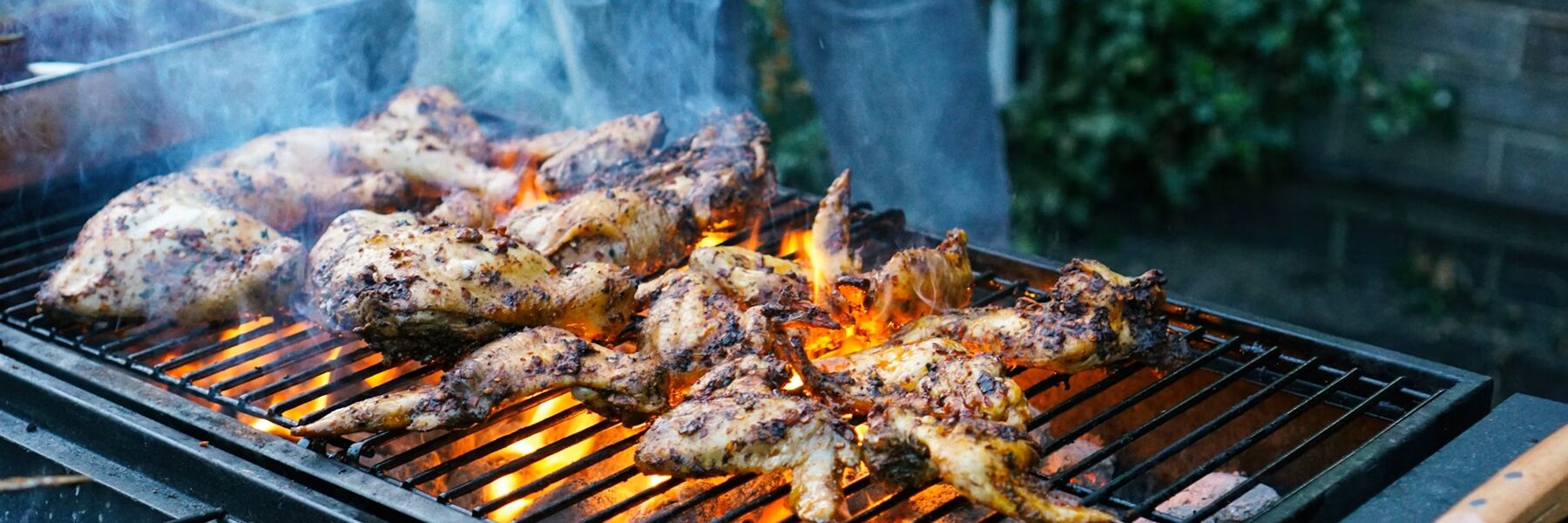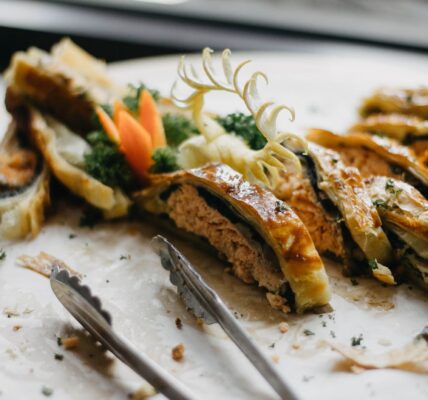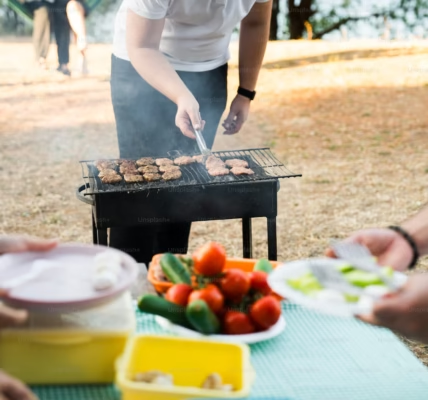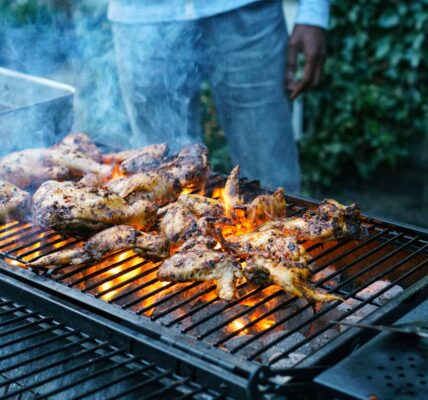When it comes to grilling, two popular methods stand out: hibachi grilling and traditional barbecue. Both offer unique flavors and cooking techniques, but they cater to different preferences and occasions. In this blog, we’ll delve into the intricacies of each method, examining their origins, cooking techniques, flavors, and the experiences they provide.
Origins and Equipment
Hibachi Grilling:
Hibachi grilling has its roots in Japanese cuisine. The word “hibachi” literally means “fire bowl” in Japanese, and it traditionally refers to a small, portable grill made of metal or ceramic. Historically, hibachis were used to heat rooms rather than for cooking. However, over time, they evolved into a popular method for grilling food, especially in Japanese cuisine.
Modern hibachi grills are usually made of cast iron and feature a small, open grill area with a charcoal or gas heat source. The compact size and design make hibachi grilling ideal for quick, high-heat cooking.
Traditional Barbecue:
Traditional barbecue, on the other hand, has a rich history in American cuisine. Originating from various indigenous and colonial practices, barbecue techniques evolved significantly in the Southern United States. Barbecuing involves slow-cooking meat over low heat, often using wood or charcoal for flavor.
Traditional barbecue equipment includes a range of options such as smokers, charcoal grills, and gas grills. These setups can vary in size from small, portable units to large, elaborate smokers capable of feeding a crowd.
Cooking Techniques
Hibachi Grilling:
Hibachi grilling is characterized by its high, direct heat. The small grill surface allows for quick cooking and a distinctive sear on the food. Typically, hibachi grilling is used for small, bite-sized pieces of meat, seafood, and vegetables. The high heat and direct exposure to the flames create a crispy exterior while maintaining a juicy interior.
One of the main techniques used in hibachi grilling is the “teppanyaki” method, where ingredients are cooked on a flat iron griddle. This method allows for precise control over cooking temperatures and is popular in Japanese steakhouse cuisine.
Traditional Barbecue:
Traditional barbecue focuses on low-and-slow cooking. The goal is to infuse the meat with rich, smoky flavors while ensuring it becomes tender and juicy. This method involves cooking meat at a low temperature (usually between 200-300°F) for several hours, allowing the connective tissues to break down and the flavors to develop fully.
Barbecue techniques can vary, from direct grilling over coals to indirect heat in a smoker. Different woods and spices are often used to enhance the flavor, with each region in the U.S. having its own unique style and seasoning preferences.
Flavors and Food
Hibachi Grilling:
The flavor profile of hibachi grilling is influenced by the high heat and quick cooking time. The intense heat sears the food, creating a caramelized crust that enhances the natural flavors of the ingredients. Additionally, hibachi grills often use marinades or sauces that complement the grilled food, such as soy sauce, teriyaki, or ginger-based sauces.
Typical hibachi dishes include grilled skewers of meat (yakitori), seafood (such as shrimp and scallops), and vegetables. The emphasis is on fresh, high-quality ingredients that are cooked quickly to preserve their natural flavors.
Traditional Barbecue:
Traditional barbecue is known for its deep, smoky flavors and tender, succulent meats. The slow cooking process allows the meat to absorb the flavors of the wood or charcoal, resulting in a rich, complex taste. Barbecue sauces and rubs are also key components, adding layers of sweetness, tanginess, and spiciness to the finished product.
Common barbecue fare includes ribs, pulled pork, brisket, and chicken. Each region has its own style, from the tangy vinegar-based sauces of North Carolina to the sweet and spicy tomato-based sauces of Kansas City.
Experience and Atmosphere
Hibachi Grilling:
The hibachi grilling experience is often more intimate and interactive. Many hibachi grills are designed for table-side cooking, where chefs prepare meals in front of guests, performing tricks and showcasing their culinary skills. This creates a lively and engaging atmosphere, perfect for small gatherings and special occasions.
Hibachi grilling also allows for a more controlled and faster cooking process, making it ideal for quick meals and casual dining.
Traditional Barbecue:
Traditional barbecue is often associated with social gatherings and outdoor events. The slow-cooking process means that barbecue is typically prepared in large quantities, making it perfect for feeding a crowd. The aroma of smoking meat and the communal nature of barbecues contribute to a relaxed, festive atmosphere.
Barbecuing often involves a sense of tradition and regional pride, with each cook bringing their own unique touch to the process. Whether it’s a backyard cookout or a competitive barbecue event, the experience is deeply rooted in community and celebration.
Conclusion
Hibachi grilling and traditional barbecue offer distinct culinary experiences, each with its own set of techniques, flavors, and atmospheres. Hibachi grilling is characterized by its high-heat, quick-cooking method, ideal for fresh and flavorful meals. In contrast, traditional barbecue emphasizes slow cooking and smoky flavors, making it perfect for large gatherings and flavorful, tender meats.
Choosing between the two depends on your preferences, the occasion, and the type of experience you want to create. Whether you’re drawn to the interactive and high-heat style of hibachi grilling or the rich, smoky flavors of traditional barbecue, both methods provide a delicious way to enjoy grilled foods.





